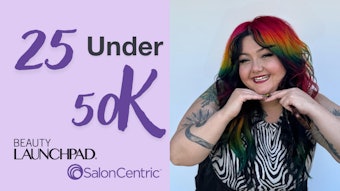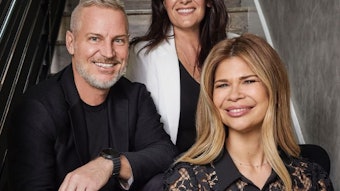
There’s a lot of talk about setting boundaries with clients so they respect us, but the thing we don’t talk about is how in order for these boundaries to work, we need to follow them, too. That truly is the hardest part of setting boundaries—following them ourselves. We so desperately want our clients to fall in line, but how can they, when we continue to demonstrate how the rules can be broken?
It all comes down to the fact that we teach people how to treat us. And so often we verbally communicate our boundaries, but through our actions, demonstrate something very different—often out of our own fear and anxiety about confrontation. This in turn is confusing to the client, which then leaves us frustrated as to why they don’t seem to “get it.”
As professionals, we need to properly communicate and follow our boundaries in order to earn our clients’ respect. Actions speak louder than words, but in this case, action, paired with the right words, are what’s important. Setting healthy boundaries that will be respected requires kindness, compassion and empathy, as you demonstrate to your clients how they can interact with you and your business.
Here are some examples of gentle ways to set boundaries:
- No, I don’t work on Sundays.
- I’m so glad you want to book an appointment. Unfortunately, I’m not available on that day. Let me send you my availability.
- Stop DMing me. Book online.
- Thanks for reaching out. I actually only offer to book through my online platform. Here’s the link.
- No, I don’t have time.
- I wish I could fit you in. Unfortunately, I don’t have the time available to give you the quality service you are used to getting from me.
When we communicate our boundaries in this kind but effective way, we show our clients that we aren’t there to do something to them or at them, but rather do something for them—to give them the best quality experience and appointments.
Remember, your clients can’t respect your boundaries if you continue to allow them to push past them. You need to be your own advocate. The secret sauce is finding the delicate space between being firm and assertive, as well as being nice and compassionate. It is achievable, but may take some practice. Remember to be gentle with others, and of course, yourself.











